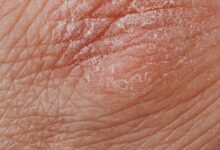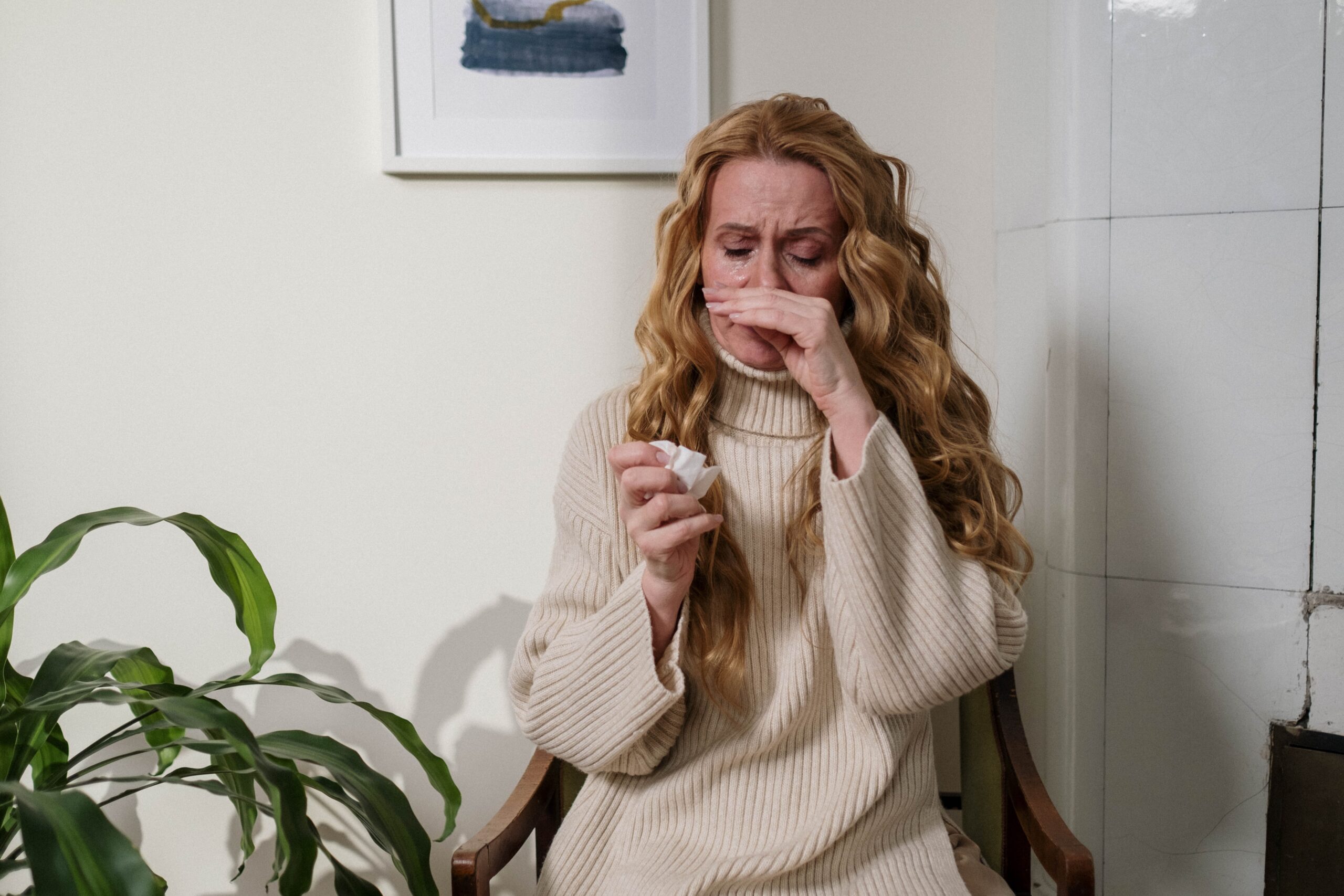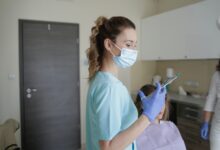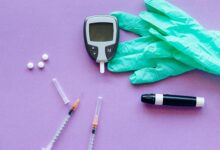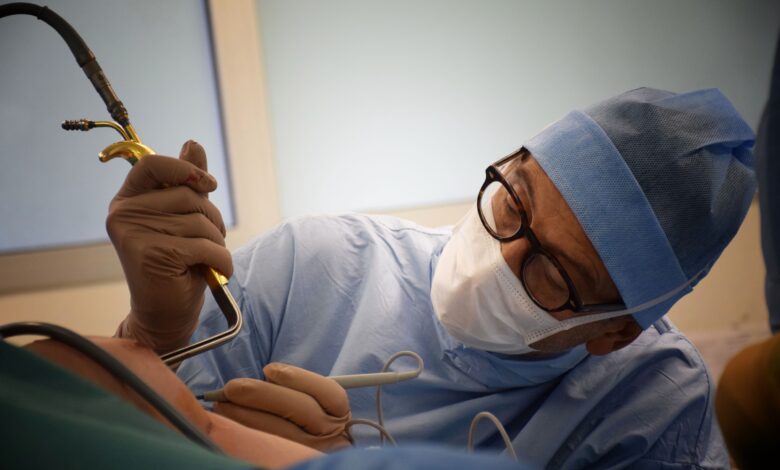
How to treat a breast abscess?
A breast abscess cannot be resolved on its own, nor with a “natural” treatment. It is a medical emergency requiring rapid management in order to avoid sepsis, a serious complication. This treatment is multiple:
An anti-inflammatory analgesic treatment
An anti-inflammatory analgesic treatment compatible with breastfeeding, in order to relieve pain.
Antibiotic treatment
Antibiotic treatment (combination of amoxicillin / clavulanic acid, erythromycin or clindamycin) by general route for at least 14 days to eradicate the germ in question. This treatment can be adapted according to the results of the bacterial analysis of the puncture fluid.
A puncture-aspiration of pus
A puncture-aspiration of pus using a needle to drain the abscess. The procedure takes place under local anesthesia and ultrasound control. Once the pus is fully drained, an irrigation of isotonic solution (a sterile saline solution) is carried out to clean the abscess, and then a bandage is applied to absorb the pus.
It is often necessary to repeat this puncture several times (2 to 3 times on average) in order to achieve a total resorption of the abscess. Non-invasive (and therefore less likely to damage the mammary gland), not inducing an unsightly scar and not requiring hospitalization (and therefore no mother-baby separation), ultrasound-guided puncture-aspiration is the first-line treatment for breast abscess.
The installation of a drain
In the presence of an abscess more than 3 cm in diameter, a percutaneous drain can be placed under ultrasound, in order to perform a daily rinse.
Surgical drainage
In case of failure of the ultrasound-aspiration puncture (very viscous pus, cloisonné abscess, large number of punctures, very important pain …), an abscess of large or deep size or a recurrent or chronic abscess, surgical drainage is necessary.
After incision of the skin under local or general anesthesia, the surgeon scratches the shell of the abscess with his finger to remove the majority of the cubicles (the micro-abscesses located around). It then irrigates the area with an antiseptic solution before setting up a drainage device (gauze wick or flexible plastic blade) in order to evacuate the different liquids (pus, blood) during the healing process, but also to keep the abscess open.
This is important in order to achieve progressive healing, from the inside out, and avoid recurrence. Local care will be provided daily, and painkillers prescribed.
Can I continue to breastfeed with a breast abscess?
Since the prescribed antibiotics are compatible with breastfeeding, the mother can continue breastfeeding with the unaffected breast. On the affected breast, continued breastfeeding is possible if the abscess is not periareolar, in other words if the baby’s mouth is not too close to the puncture site. Breast milk is usually free of pathogenic germs.
The mother will simply make sure to wash her hands thoroughly before and after feeding, and put a sterile compress on the puncture site during feeding so that the baby is not in contact with pus. If the feedings are too painful, the mother can use a breast pump for the time of healing to avoid engorgement that can promote the persistence of the abscess.


